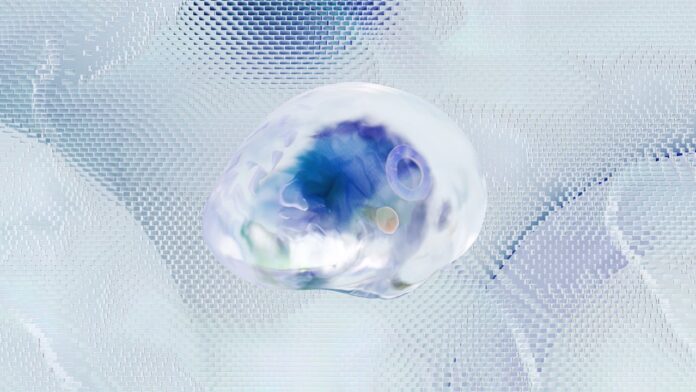When thinking about the consequences of alcoholism, rarely does anybody mention wet brain. In reality, it’s quite a serious brain disorder that continues to deteriorate as an individual continues taking excess alcohol.
By shining a light on wet brain syndrome, we can spread awareness of prevention. Understanding what causes this issue and who faces higher risks empowers readers to make informed choices. Let’s explore wet brain syndrome together – what it means, what brings it on, its signs, and available support.
What is a Wet Brain?
If someone has wet brain (or Wernicke-Korsakoff) syndrome, it means they have significant brain damage resulting from vitamin B1 deficiency. Thiamine plays a key role in converting food into usable energy for our bodies. Without sufficient thiamine, one’s brain function gradually declines. This neurological condition has two stages.
The initial stage is treatable. However, if one gets to the final stage, there’s so much damage to the brain that it’s irreversible. 80% to 90% of people develop Kosakoff’s psychosis because they don’t seek treatment during the initial stage.
Both stages can cause confusion, impaired movement, vision changes, and even life-threatening low heart rate or body temperature. People with Korsakoff’s psychosis also have difficulty interacting with others.
Who is Prone to Wet Brain Issues?
Individuals with alcohol use disorder are at high risk due to how drinking impacts thiamine absorption and storage. According to a study, drinking more than 14 units in a week is high-level drinking.
Beyond alcoholism, those with eating disorders, advanced kidney disease needing dialysis, or AIDS also stand a chance of developing this condition due to struggles absorbing essential vitamins. Anyone remotely at risk would be wise to ask their doctor about thiamine supplementation.
Signs You Could Have Wet Brain Syndrome
While confusion occurs in both wet brain stages, people often overlook it as simply alcohol intoxication initially. Besides mental cloudiness, additional early signs include lack of coordination, unusual eye movements like rolling to the sides, and increased heart rate and temperature.
As brain damage worsens without treatment, further symptoms arise, like memory gaps, lapses in comprehension, hallucinations, emotional issues, and amnesia. Sadly, those experiencing Korsakoff’s psychosis commonly confabulate or invent false stories to fill memory holes. Recognizing symptoms early allows for improving prognosis through prompt medical care.
Treatment Options for Wet Brain Recovery
When you diagnose wet brain syndrome, treatment reverses damage as much as possible. One of the ways to do that is to have a Thiamine replenishment intravenously or orally since deficient bodies cannot properly absorb and use the vitamin otherwise.
Taking water to increase hydration also helps in repairing abused organs and tissues. Many patients further benefit from continued nutrition support. Apart from making nutritional changes, one must also make drastic lifestyle changes.
One must stop taking alcohol as continued drinking precludes recovery. Though it’s not easy, connecting with support groups helps maintain sobriety – a necessity for preventing permanent brain impairment.
Bottom Line
If a loved one has wet brain syndrome, seeking treatment early is important. Early treatment prevents it from developing into Korsakoff’s Psychosis, which is irreversible. You can also visit a treatment center that uses cutting-edge addiction medicine to detoxify and treat alcohol abuse.










